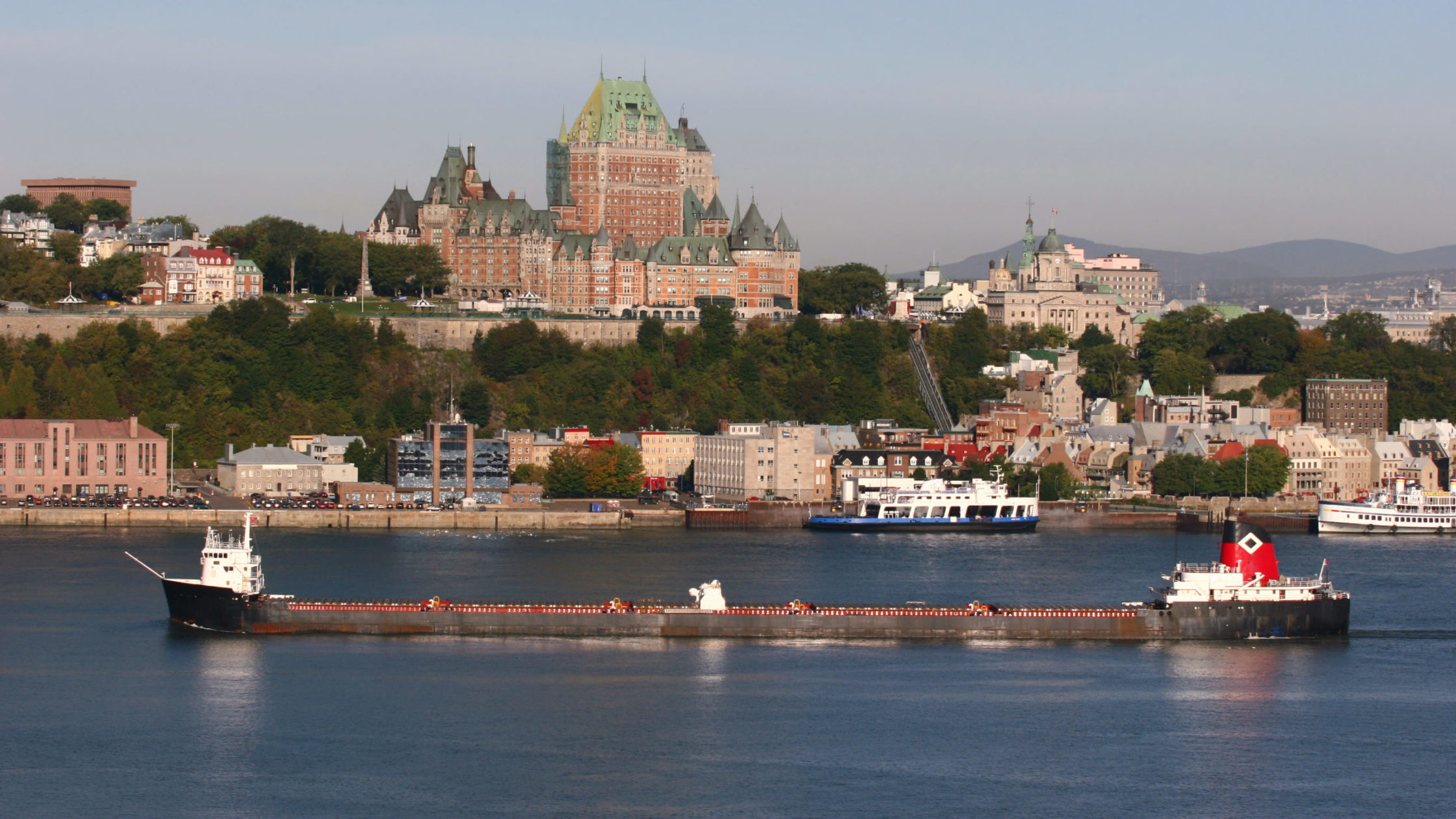‘For the next few decades at least, Canadians will continue to use oil. The only question is where it will come from?’

On oil imports and tracking the data from 1988 to 2019, Canada imported over 8.7 billion barrels of crude oil from other countries, an average of nearly 749,000 barrels per day over the period. Those foreign barrels of oil were worth $477 billion in nominal dollars (and $587 billion in inflation-adjusted dollars).
Many of the source countries have changed over the decades. Initially, much of the foreign oil arriving in Canada came from the United States, Norway, the United Kingdom and Algeria. Those were the top four sources of foreign oil when all three decades’ worth of oil imports are tallied up.
But dive into data between 2010 and 2019, and the two top suppliers alone, the United States and Saudi Arabia, account for $100 billion worth of foreign oil imports ($75 billion from the U.S and $25 billion from Saudi Arabia). That accounted for 46 per cent of the $220 billion in foreign oil imports in the last decade.
Algeria and Norway were next with oil sales to Canada worth $17.1 billion and $16.8 billion, respectively, with multiple other countries supplying the rest in smaller amounts. (Russia, for example, exported $2.2 billion worth of oil to Canada in the last decade.)
When discussing oil in 2020, a question that arises is: Will demand be there five or fifty years from now? Many people have opinions on this but forecasts rooted in facts and technological capabilities are rarer. An example of an informed opinion comes from the University of Manitoba’s Vaclav Smil, professor emeritus of the environment.
Smil, for those unfamiliar with him, is the world energy expert in energy transitions. He would prefer a move away from fossil fuels and also accepts that carbon emissions contribute to global warming.
That’s his preference and stance. However, Smil’s data-based, empirical work and his resulting view on a possible transition from such fuels to others, was summed up in his recent paper for the University of Saskatchewan’s Johnson Shoyama School of Public Policy: “Designing hypothetical roadmaps outlining complete elimination of fossil carbon from the global energy supply by 2050 is nothing but an exercise in wishful thinking that ignores fundamental physical realities.”
That context is critical for Canadians. It means that the key choice for those anchored in reality is more straightforward: For the next few decades at least, Canadians will continue to use oil. The only question is where it will come from, i.e., from domestic or foreign sources, or both (most likely) and in what proportions.
Back to 2019. Narrow down oil imports just to 2019 and the Americans and Saudis are even more dominant. They shipped oil worth $13.8 billion and $3.1 billion respectively, into Canada, or 89 per cent of $19 billion in total foreign oil imports last year.
As to where the $477 billion in foreign oil imports between 1988 and 2019 ended up, fully $225 billion or 47 per cent of all foreign oil flowed into Quebec. Next in line was New Brunswick with $129 billion or 27 per cent (explained in part by a refinery in Saint John). The other provinces took the remaining 26 per cent.
There are a number of factors that explain Canada’s level of foreign crude oil imports, including the type of oil a refinery processes and ongoing pipeline constraints. Given such complexities and the need for open markets and flexibility of supply, it would be a mistake to advocate protectionist measures.
But where governments can make it easier for Canadians to develop domestic oil supplies, be it in Newfoundland & Labrador, Quebec (which has reserves), Saskatchewan, British Columbia or Alberta, it would be reasonable to do just that.
Mark Milke and Lennie Kaplan are the authors of Foreign oil imports to Canada: $477 billion between 1988 and 2019.
Share This:





 CDN NEWS |
CDN NEWS |  US NEWS
US NEWS 

































COMMENTARY: BC Energy Faces a Complicated Puzzle – Margareta Dovgal, Resource Works